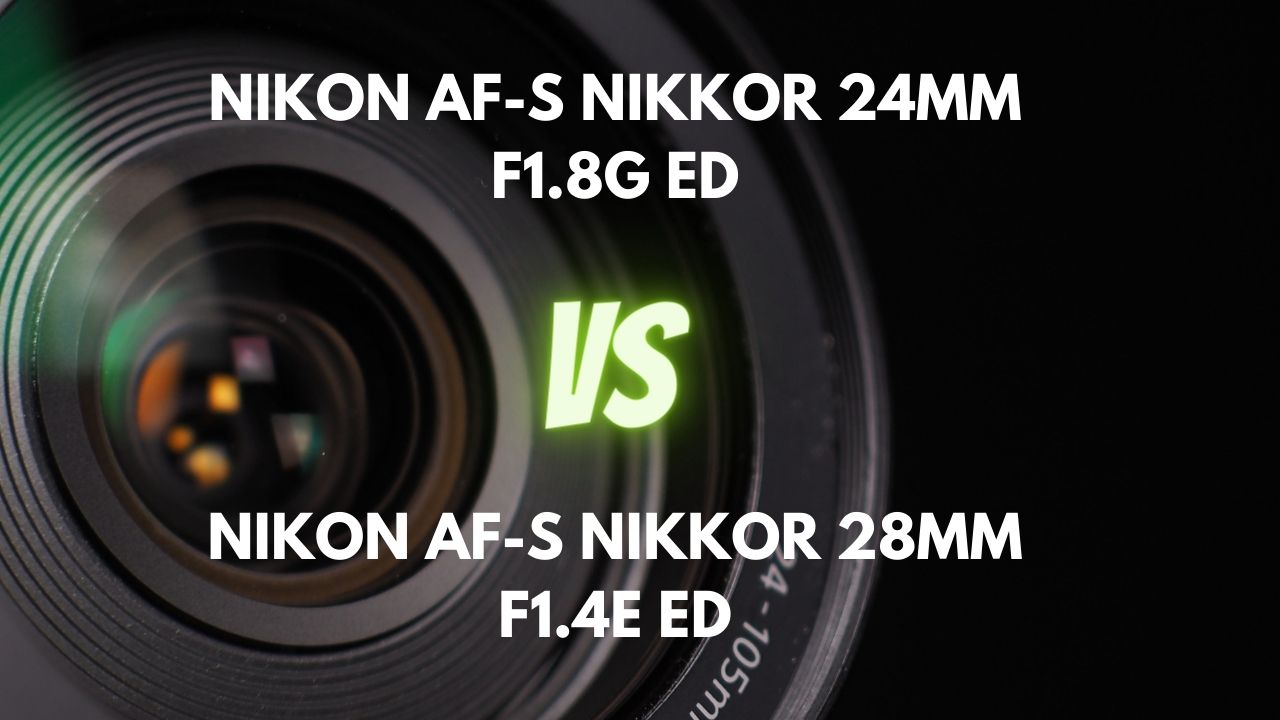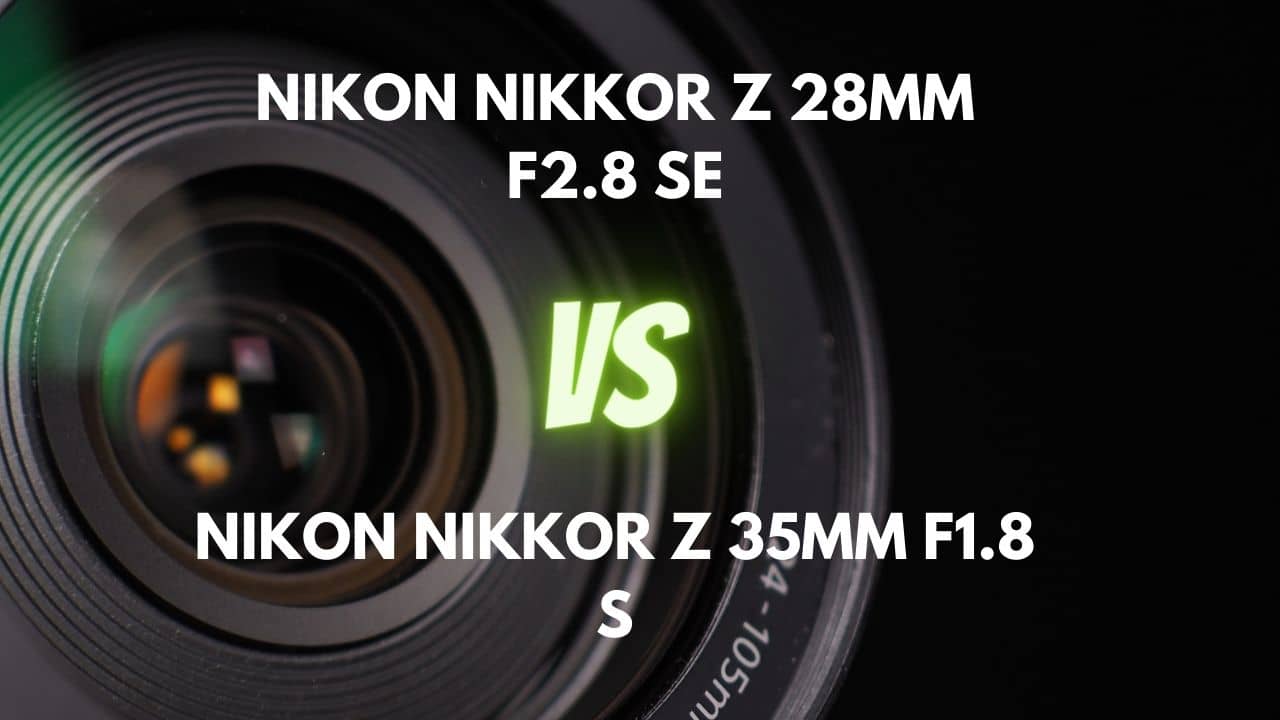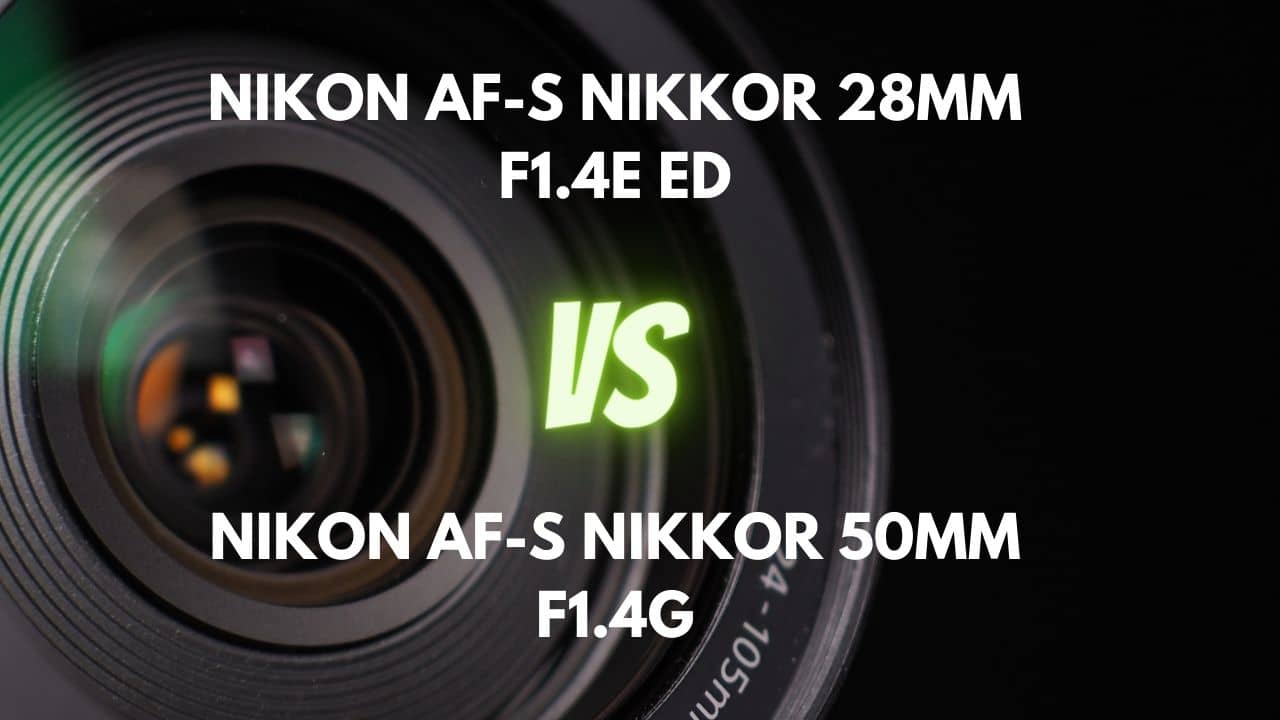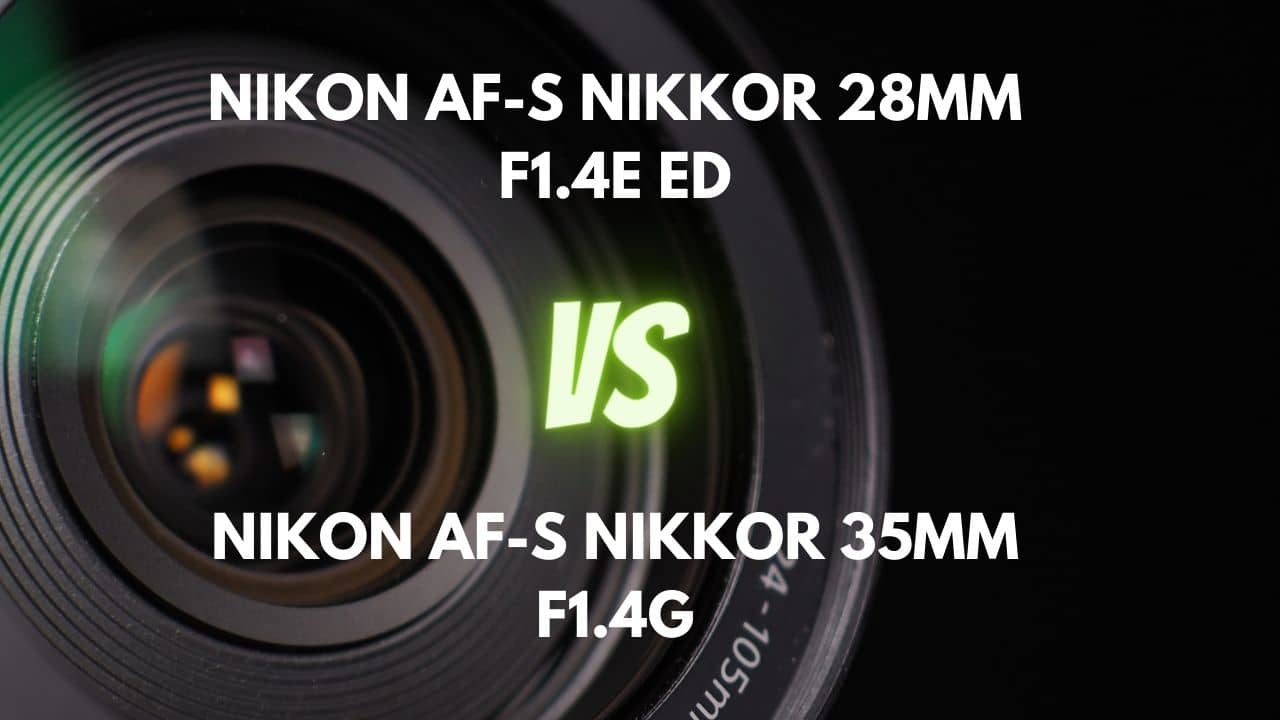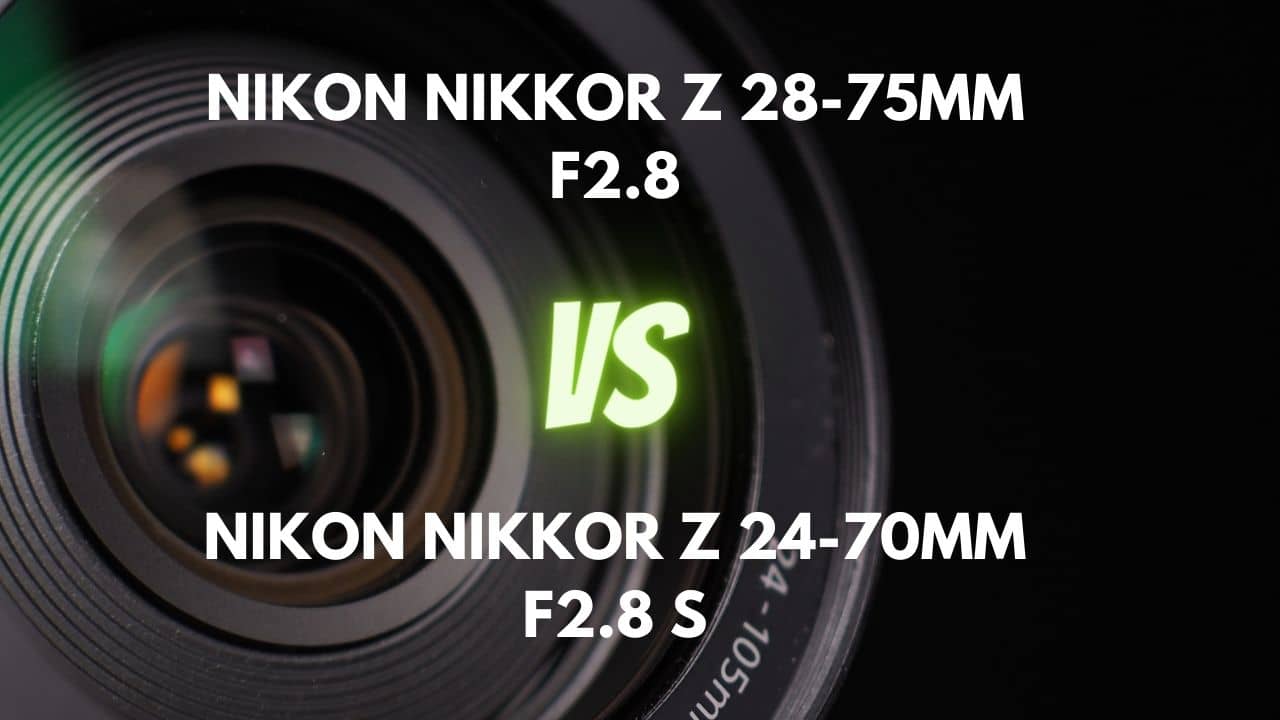Getting started with photography can be overwhelming, but APS-C cameras offer an excellent entry point for beginners.
With lower weight and price tags than full-frame cameras, their intuitive functions make them the perfect tool for quickly mastering photography basics.
While these models offer numerous advantages, fewer lenses are designed specifically for APS-C cameras.
This raises questions from many photographers about using full-frame lenses on a crop body or upgrading to a full-frame body while keeping their old APS-C lenses.
In this article, we’ll explore both scenarios, examining the pros and cons of mounting a full-frame lens on a crop body and vice versa.
Let’s dive in!
Full Frame Lenses on APS-C Cameras: What Happens?
Angle of View
Have you ever stopped to consider the peculiar shape of a camera lens? It’s round, right? But have you ever wondered why the pictures they produce are rectangular? It’s an interesting phenomenon!
When a round camera lens captures an image, it creates a circular image within the camera. This image is called the image circle. However, it’s the image sensor inside the camera that takes this circle and crops it to create a rectangular shape.
If the image sensor covers the full area of the image circle, it’s known as a “full-frame sensor.”
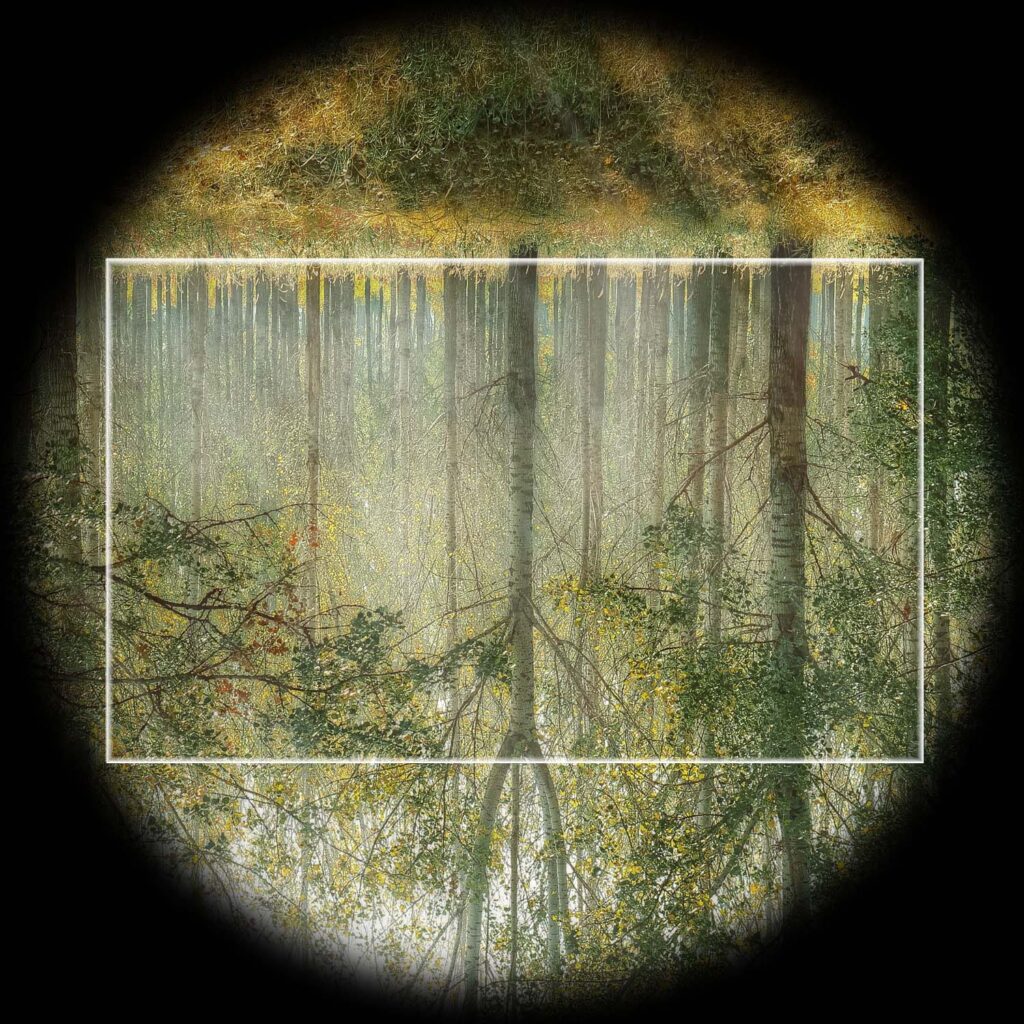
If not, the sensor is called a “crop sensor” as it captures a smaller portion, resulting in a narrower angle of view.
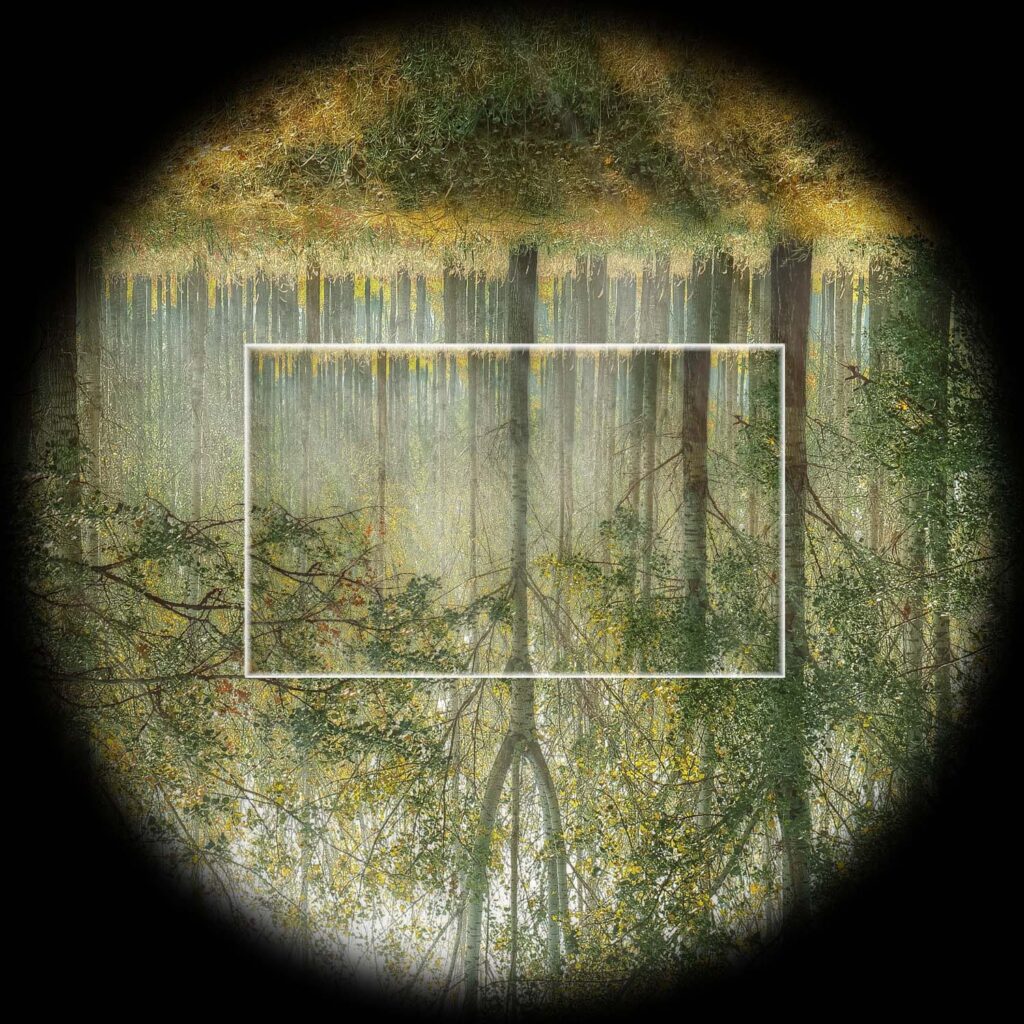
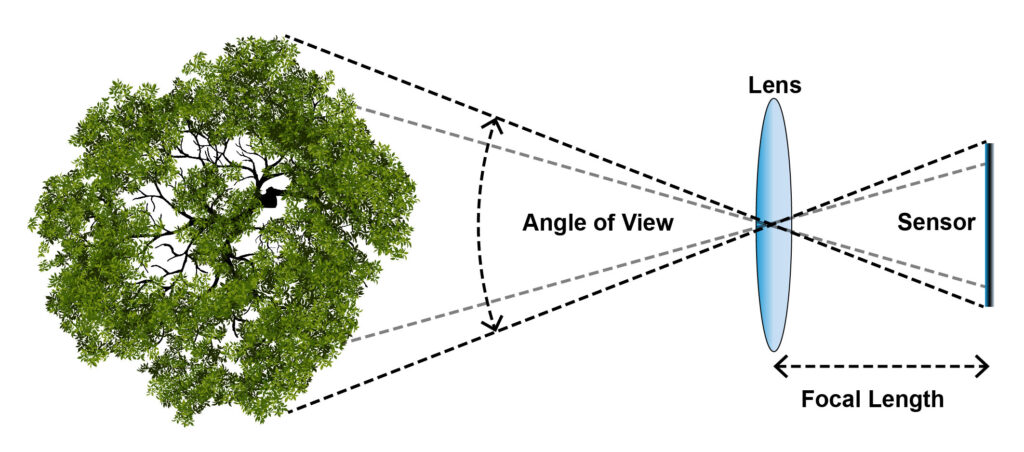
Let’s take a Nikon 50mm f/1.8 full frame lens as an example, which has an angle of view of 47°.
When paired with a crop sensor camera, its angle of view is similar to that of a 75mm lens. This is due to the cropping of the image circle, resulting in a narrower angle of view. “Equivalent focal length” is what the industry calls this 75mm.
Aperture and Depth of Field
Are you sometimes frustrated as a portrait photographer with the lack of background blur when using crop sensor lenses?
Here’s the thing; while camera manufacturers provide a “35mm equivalent focal length” when describing a crop sensor lens, what they fail to mention is that you won’t achieve the same blur effect.
For instance, let’s assume you mount a Nikon 50mm f/1.8 full-frame lens on a crop sensor camera.
Sounds good, right? But you won’t be able to get the same depth of field as you would on a full-frame camera.
This is due to the crop factor, which you need to apply to the aperture to determine the depth of field.
It’s simple; the crop factor is the ratio of the sensor size to the full frame. In the case of Nikon’s ‘DX’ cameras, the crop factor is roughly 1.5x, which means the 50mm lens on a crop sensor DX camera behaves more like a 75mm lens on a full-frame camera in terms of angle of view.
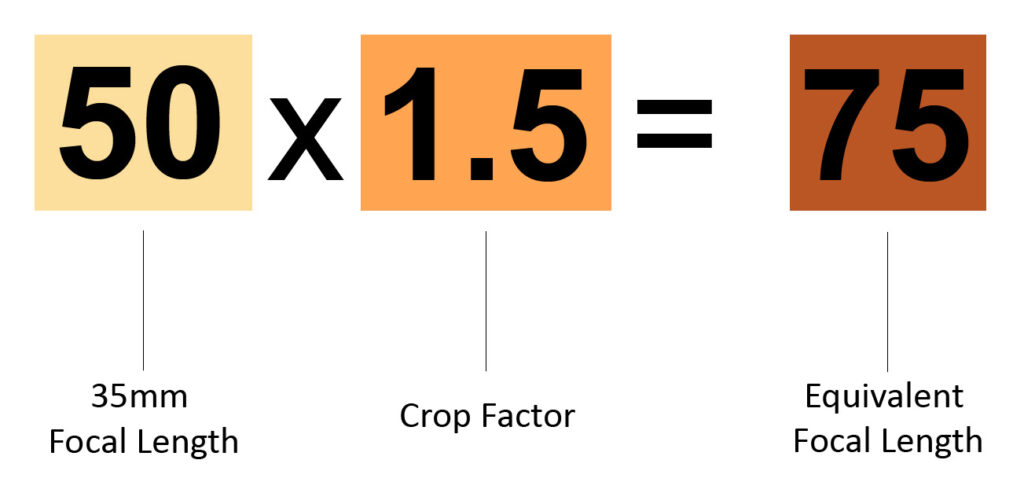
And that’s not all; after applying the crop factor to f/1.8 your aperture on the crop sensor camera would be f/2.7 (1.8×1.5). This means you’ll get a deeper depth of field and a less blurry background.
Sharpness
Did you know that the outer edges of an image circle can have more distortions compared to the parts closer to the center?
This happens because light needs to bend more to reach the outer edges of the circular image.
However, using a crop sensor, you can keep only the center part of the image.
This leads to better image quality and clearer details that make your photographs stand out.
However, it is not always the case. Switching from a high-end full-frame camera to a cheaper APS-C camera may reduce the sharpness.
Advantages of Mounting Full-Frame Lens on Crop Body
Increased Len’s Reach
When you zoom in on a subject, you’re essentially cropping out the surrounding area of the scene to increase the perceived reach of the lens.
Think of it as using a full-frame lens on a crop sensor body, it narrows the angle of view and makes the subject more prominent.
This technique is beneficial for wildlife and sports photographers who often need to capture subjects that are far off in the distance.
To better achieve this, many photographers will use an APS-C as a spare camera that they can switch to and increase their reach when necessary.
So, if you’re looking to bring distant subjects closer and make them more prominent in your photos, zooming in or using a crop sensor body might be the solution!
Increased Lens Selection
Full-frame cameras are the preferred choice of professional photographers who demand nothing less than the utmost image quality. And it’s no surprise, considering these cameras offer larger sensors for better light-gathering capabilities and sharpness in every shot.
To truly capture the full potential of these sensors, fast lenses that can keep up with their capabilities are a must-have.
Fortunately, many full-frame lenses also work with APS-C cameras, giving you access to some of the best glass available.
But it’s important to note that not all APS-C lenses are compatible with full-frame cameras, so check for compatibility before making any purchases.
If you’re a happy crop-sensor user, you have a wider selection of lenses in the full-frame and APS-C worlds.
And here’s a pro tip for those of you considering an upgrade to a full-frame camera:
Start investing in full-frame lenses now, so you can continue to use your favorite glass when you make the switch. But if you’re attached to some of your APS-C lenses, don’t worry, you can always sell them to fund new full-frame options. In other words, the sky’s the limit regarding lens choices.
Disadvantages of Mounting Full-Frame Lens on Crop Body
Weakened Bokeh Effect
As we’ve discussed, if you use a full-frame lens on an APS-C camera, its aperture is effectively reduced.
For example, a Nikon 50mm f/1.8 lens becomes the equivalent of a 75mm f/2.7 when used on a full-frame camera.
One of the joys of a large aperture is the beautiful bokeh effect it creates, where the background is blurred into a creaminess that brings the subject into sharp focus.
However, this effect is reduced when using a full-frame lens on an APC-C camera, resulting in a less prominent background bokeh.
So, it’s important to consider your lens choice when looking for a particular effect in your photography.

Focal Length Issues
When it comes to lenses in photography, the focal length is a crucial component to consider. Manufacturers carefully select focal lengths based on the habits and needs of photographers.
However, using a full-frame lens on a crop body can cause some complications. In this case, the focal length should be multiplied by the crop factor. As a result, an ultra-wide angle lens can become just an ordinary wide angle, which can be quite inconvenient for many shooters.
For instance, consider a 16-35mm ultra-wide angle lens. If used on a crop sensor body, the focal length will become 24-53mm. This means that valuable focal lengths, such as 16-24, which is considered the golden range for many photographers, will be lost in the conversion.
While telephoto lenses might fare slightly better in this situation, there is still a notable impact on their focal length. For example, a 70-200mm lens would now become a 105-300mm, still a decent telephoto range, but not quite what it was intended for.
When investing in lenses, it’s important to understand the impact of using them on different camera bodies. Being aware of focal length changes can help you make informed decisions and prevent frustrating limitations when shooting.
Bulkier and More Expensive
When choosing between a crop sensor and a full-frame camera, there are a few advantages to consider.
Firstly, if you’re looking for a camera that’s easy to carry around, then a crop sensor lens might be the way to go. They tend to be more compact and lighter than their full-frame counterparts, which can make a huge difference if you’re going to be traveling or shooting for long periods of time.
Another advantage of crop sensor lenses is that they can be more affordable than full-frame lenses. This is largely because full-frame lenses are generally bigger and more expensive due to the larger image circle they need to cover.
For example, the Nikon APS-C 17-55mm f/2.8 lens measures 3.37 x 4.35″ and weighs 1.66lb, with a current price tag of $1496.95.
In contrast, the Nikon full-frame 24-70mm f/2.8 measures 3.27 x 5.24″ and weighs 1.98lb, costing $1596.95.
As you can see, the crop sensor lens is both more portable and more affordable, with almost the same quality.
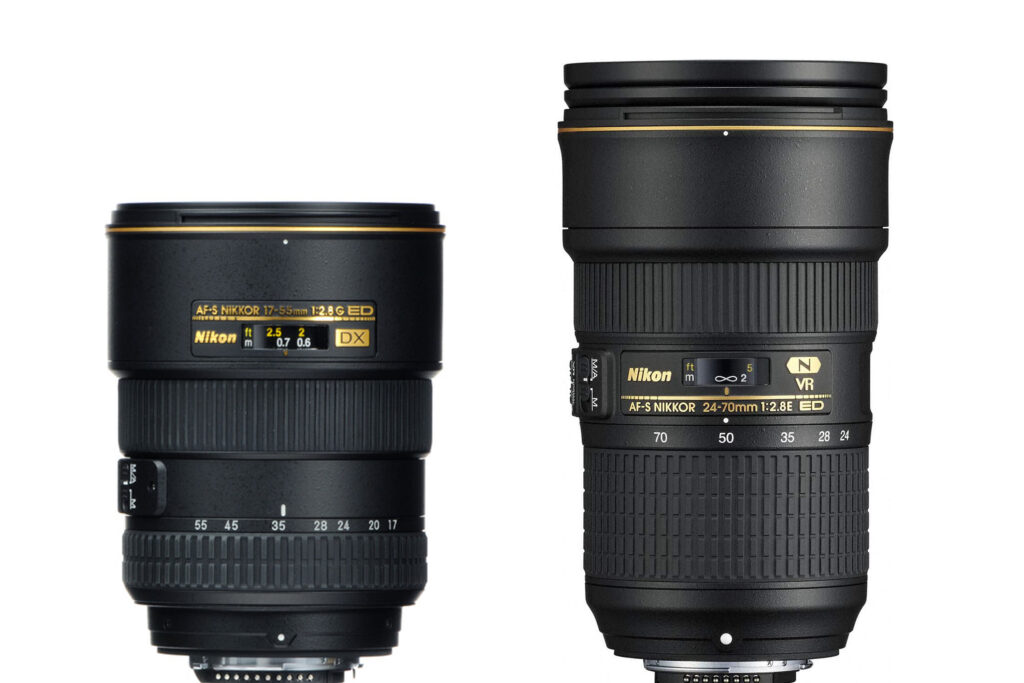
APS-C Lenses on Full Frame Cameras: What Happens?
Potential Vignettes
When it comes to lenses for full-frame cameras, there’s an important consideration to remember.
The image circle projected by a full-frame lens is designed to cover the entire full-frame sensor. However, if you were to use a crop sensor lens on a full-frame camera, you might face brutal vignettes because only a portion of the sensor can be covered.
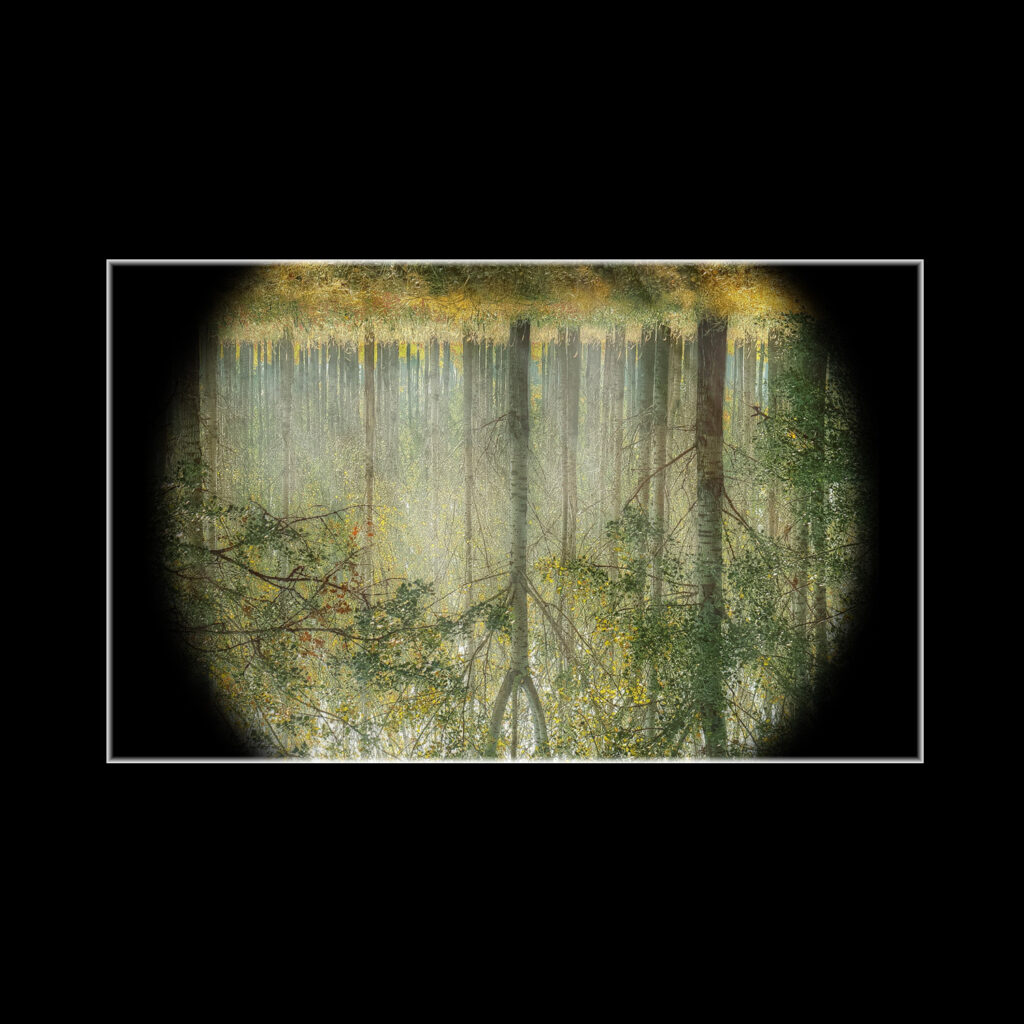
In order to avoid this issue, it’s always a good idea to check whether or not your camera has a crop mode. This is typically a feature found on some cameras that allows you to crop the image so that it appears as if the camera had a smaller sensor.
Cameras like the Sony A7R IV, Nikon Z6, and Canon EOS R may have both crop and full frame modes, giving you flexibility depending on your shooting needs.
So before you mount that crop sensor lens, be sure to double-check your camera’s settings to avoid any unwanted vignetting.
Lose Mega Pixels
When you switch a full-frame camera to crop mode, the camera uses only the center of the image sensor to take a photo. Therefore, the field of view is narrower and what was once captured with the full sensor is now only being captured using a cropped portion of the sensor.
This means that the image’s resolution will decrease because the total number of pixels captured has reduced.
For example, if your full frame camera has 30 MP and you switch to crop mode with a 1.5x factor, you will end up with an image with about 13 MP.
Having said that, some full-frame cameras have a higher megapixel count than crop sensor cameras to begin with. Even if you switch to crop mode, the resulting image may still have a higher resolution than if you shot the same image with a lower-megapixel crop sensor camera.
Here’s the chart for a 1.5x factor:
| Full Frame (FF) | Crop Sensor (APS-C) |
|---|---|
| 24 | 11 |
| 30 | 13 |
| 42 | 19 |
| 50 | 22 |
| 61 | 27 |
While it is generally recommended to use a full-frame lens on a full-frame camera, there are situations where using an APS-C lens is not such a bad idea.
The larger sensor size of a full-frame camera ensures that you capture more light, which translates to less noise and more detail in your pictures. Another advantage of full-frame cameras is their wider dynamic range, which grants you greater control over the highlights and shadows in your images.
Moreover, full-frame cameras usually come equipped with more advanced autofocus systems, enabling faster and more precise shooting, which is especially beneficial for capturing action and sports.
Though an APS-C lens may not always provide optimal results on a full-frame camera, the superior functionality of a full-frame camera can significantly enhance the quality and versatility of your photos.
My Final Advice
If you typically shoot with APS-C zoom lenses, it’s best to pair them with an APS-C camera body. Conversely, full-frame zoom lenses should typically be used with a full-frame camera body.
With prime lenses, it’s a bit trickier as many focal lengths aren’t specifically designed for APS-C format, meaning that full-frame lenses are often used instead.
However, there’s no one-size-fits-all answer – it’s important to experiment and see what works best for you and your specific setup.
Feel free to dive deeper and explore the technical nuances to really make the most out of your photography setup.


